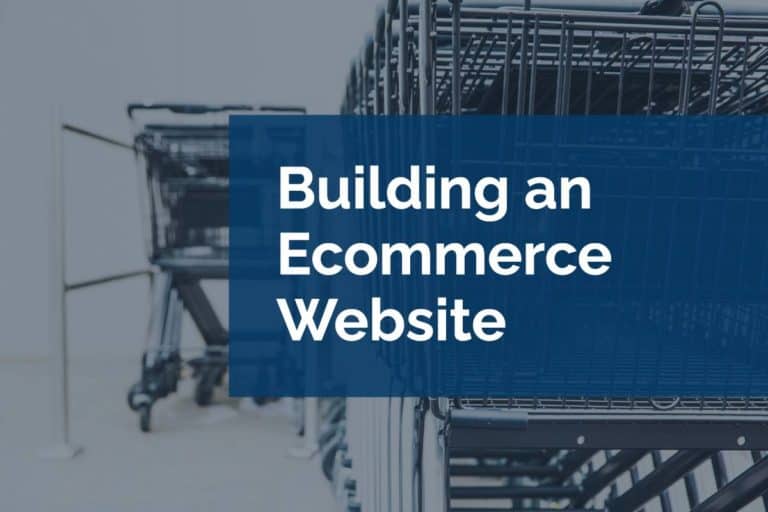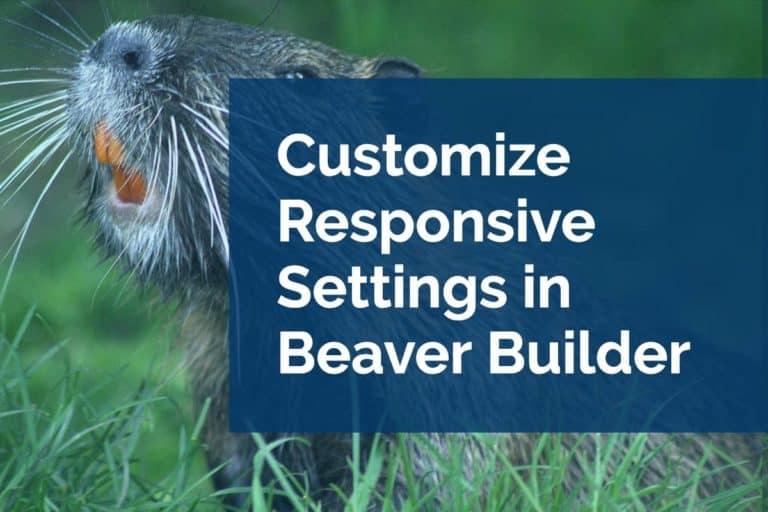Using Authenticity to Connect with Customers
You know your service is great and you’re convinced that people will truly benefit from it. But before you can deliver on the goods, you first need to find and connect with your target audience authentically.
For many, this is the hardest part of owning a business. The reason we set up a business in the first place is because we are passionate about what we do – this was the case for us at Pixel Jar anyway.
The feeling of providing a service that exceeds expectations and helps customers to achieve their goals is a huge driving force. That said, there’s no denying that for all the time we spend building websites, plugins, or themes, we spend just as much finding and connecting with our customers.
There are many strategies and tactics that you can use to find and connect with customers, and many of them really are excellent. But what’s really important is the way you employ whatever strategy you choose.
Because, in all our years of business, we’ve found that the important thing – no matter the specific approach you take – is to be authentic, honest, and genuine.
Finding Customers: Inbound vs. Outbound
There are two main schools of thought when it comes to finding customers, otherwise known as prospecting. You can either take an inbound approach or an outbound one.
The idea behind the inbound approach is that you create valuable content that is relevant to your service and hyper tailored to what your customers are interested in. By publishing high-quality content (and ranking well on SEO), the idea is to naturally attract, engage, and delight your audience – eventually turning them into customers.
Outbound marketing, on the other hand, is where you spread your messages through ads, email blasts, or similar approaches. The main difference is that you’re going to them, rather than them coming to you.
While it will always have a place in business, there has been a shift away from outbound marketing to inbound approaches for a couple of reasons. The first is that inbound leads are much more valuable than their outbound counterparts. While inbound leads have a 14.6% close rate, outbound leads only result in a sale a measly 1.7% of the time.
The next reason is because outbound marketing is often annoying. We are all customers as much as we are business owners. How many of you enjoy the constant bombardment of messages that you get on a daily basis?
If 1.7% of the time you close with outbound marketing, that means that 98.3% of the time you have probably just annoyed someone. Although the majority of inbound leads don’t close, they at least looked for you. They had the option to click on your blog post, video, or ebook or not.
How to Approach Inbound Marketing
When we think about “inbound marketing,” we automatically think about blogs or content marketing. This is undoubtedly a huge part of inbound marketing, but it’s not the only example. After a quick search, you can find article after article providing different tactics or methods to boost sales with inbound marketing.
These different approaches all have merit and can be very successful. But have you ever tried to look at a successful business, mimic their style, and been disappointed by the result?
The reason for this is because inbound marketing is built around a concept, rather than specific tactics. The tactics are only useful if they’re applied in a genuine way. Simply looking at what Neil Patel does and copying it is unlikely to get the same results as he does.
Instead of pasting other peoples’ approaches to your business, it’s better to look at your own customers and figure out what inspires them.
Beginning with the Customer
When looking at your customers, there are two main aspects to consider: what problems do they have (related to your business) and what journey do they take to conversion?
Identifying Problems and Pain Points
At Pixel Jar, we build custom websites and provide other web-related services. The main problem that our customers have is that they need a new website or they need help with an existing one.
But that’s not the end of the story. Over the years, we’ve noticed that many customers have had bad experiences with other web developers, whether because of poor communication, unsatisfactory quality, or something else.
That’s why we put so much emphasis on communication and collaboration in everything we do. Because we don’t just offer quality website development services, we also promise to be trustworthy partners that communicate well with our customers.
As a business owner, you too need to identify the problems and pain points that your customers experience and work back from there.
Understanding the Customer Journey
Buying a product or service is always a journey. First you need to know that you have a problem and that there’s a solution out there to solve it. Then you consider which solution is potentially the best for you, followed by the decision to make a purchase. It doesn’t end there though. If you’re happy, you’ll return to or continue with the company – and you’ll tell others about it too.
This is the same for all products and services out there. The trick is to provide content that meets the customer’s needs at each stage of the journey and provides opportunities for them to take action.
Let’s take website development as an example. Imagine someone has never heard of WordPress before. They would be interested in articles such as “What is WordPress?” or “How WordPress can help your business.”
This is someone at the very beginning of the journey who doesn’t even know what their problem is yet. But say, instead, that a person already has a website but is unhappy with the support they’re receiving. They might be more interested in “Why you should invest in quality WordPress website support.”
These individuals both fall within your target customer, but they’re at different stages of the journey.
How Do I Use This Information?
We’ve used blog posts and content marketing as an example, but it’s the concept of understanding your customers’ pain points and the different stages of the journey that’s important.
You can – and should – begin creating blog content that addresses these different issues. Make sure that these blog posts have a strong call-to-action (encouraging them to take an action that will move them along the journey) at the end of these posts. Develop free valuable content in exchange for their contact information.
All these tactics are normal and good parts of inbound marketing. Again, there’s no shortage of places where you can get ideas for tactics.
What’s more, you should also consider other areas that influence inbound success, such as SEO and social media. Check out online groups where your target audience is active. As a rule, wherever they are, you should be too.
But throughout this all, you always need to be as authentic as possible. Use your understanding of your target audience and their experiences to provide real value that will help them. There’s no trick or substitute for authenticity.
Our Authentic Approach at Pixel Jar
We’ve spoken before about the role that community plays at Pixel Jar. We genuinely love getting involved and connecting with others that are as interested in WordPress as we are. Many of our greatest collaborations – from staff members and partner companies to clients – come from this involvement.
We have received as much from this community as we have given. Our approach to everything we do stems from that relationship.
If you’d like to find out more about us and how we work, feel free to get in touch. We’ll get back to you as soon as we can!






